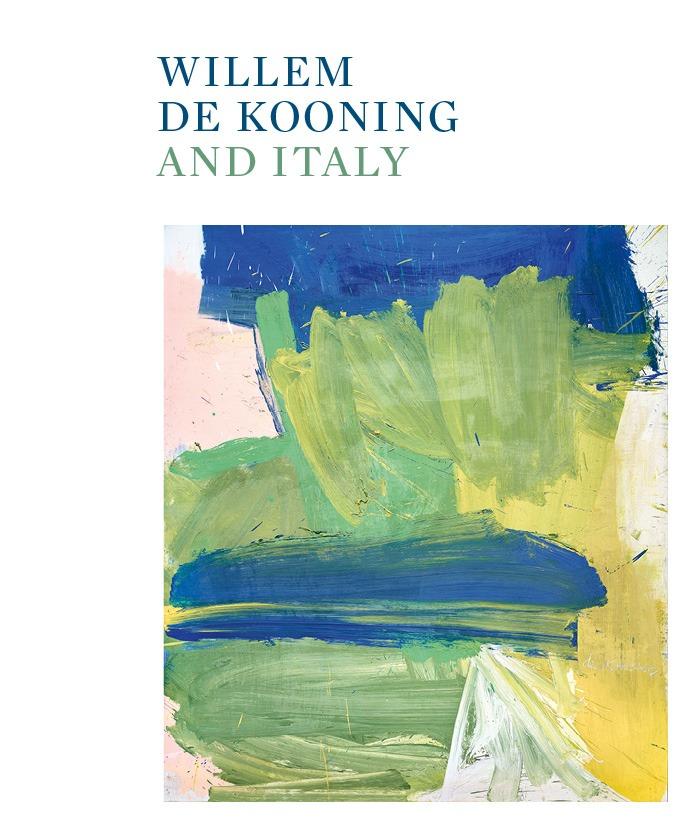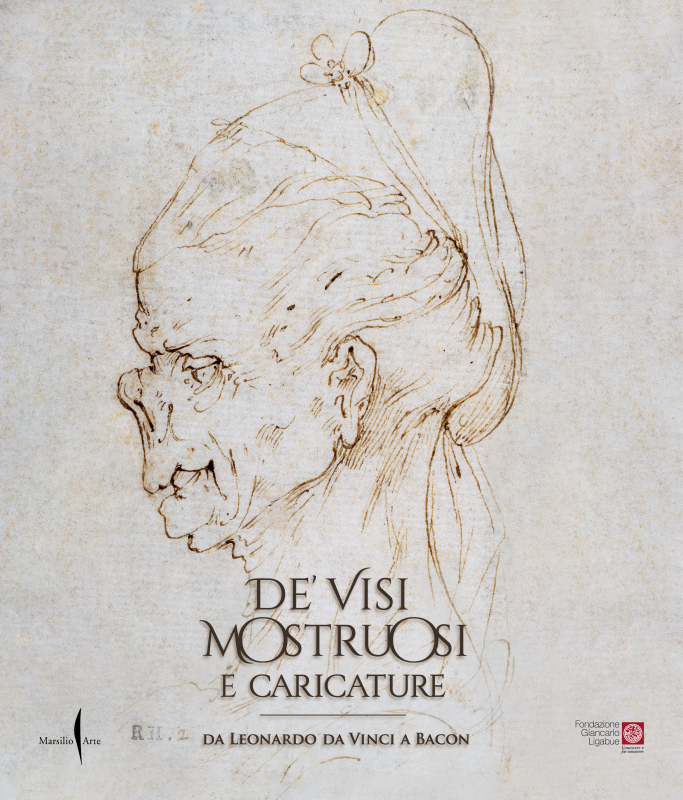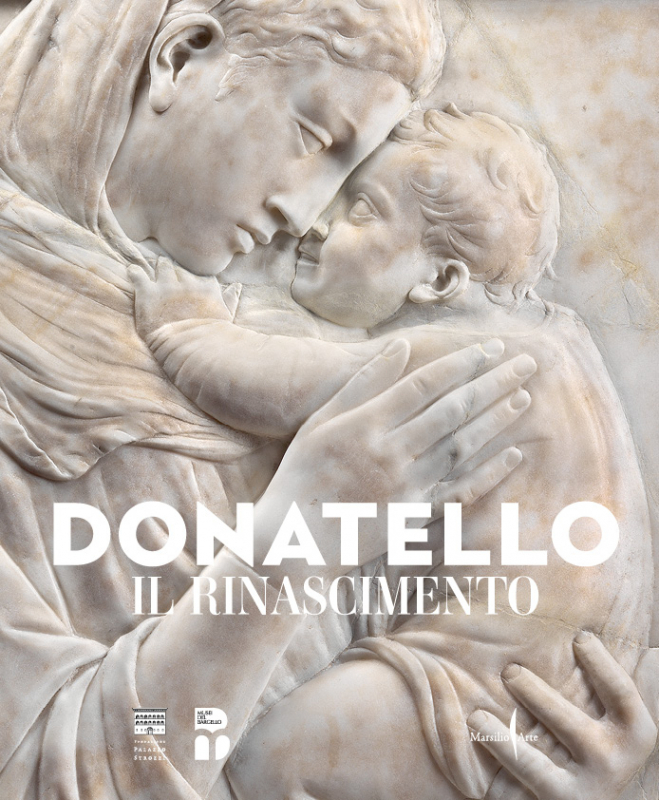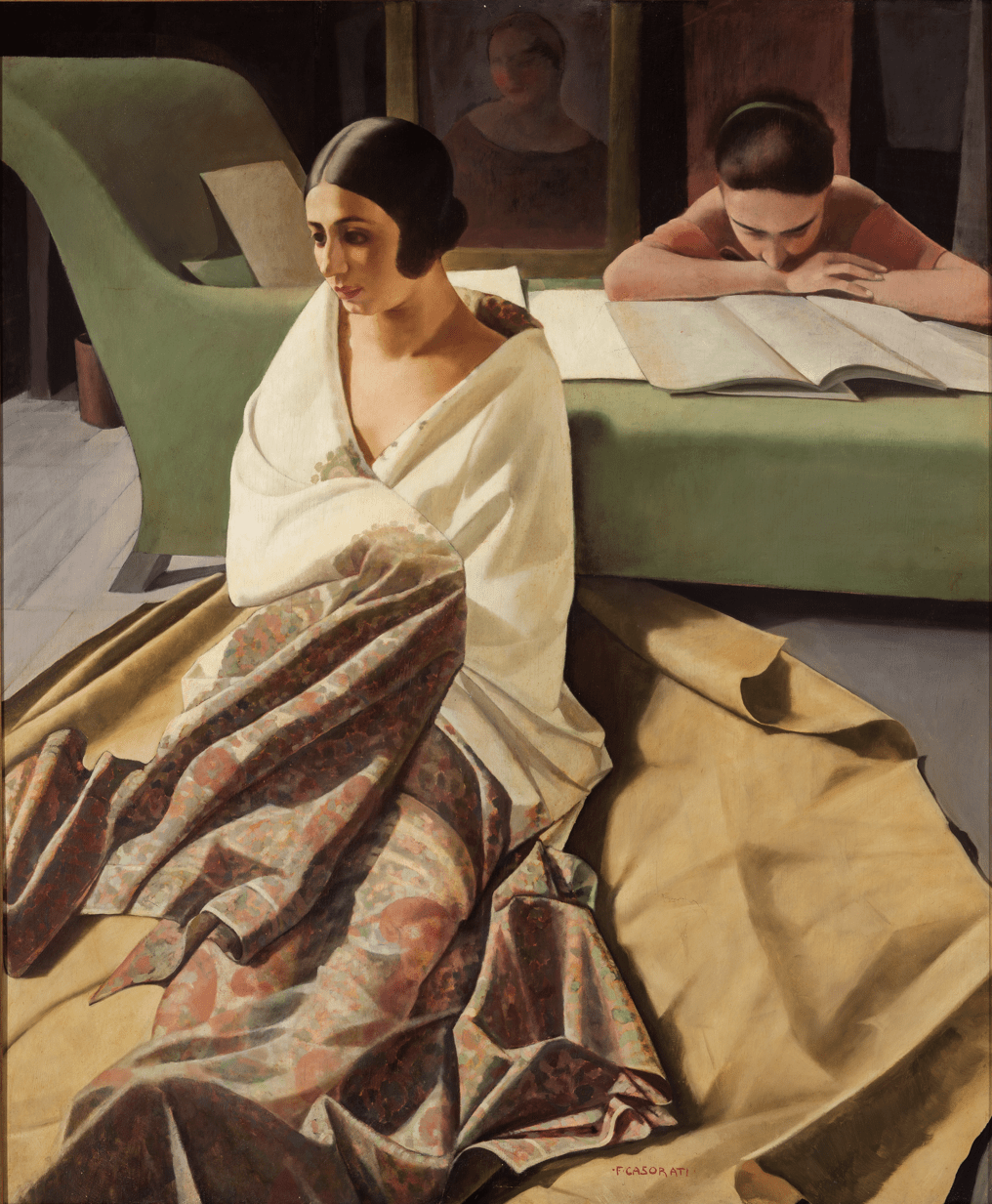
curated by Guido Beltramini, Francesca Borgo and Giulio Manieri Elia
Visit the website 
The Gallerie dell’Accademia di Venezia are pleased to announce the next major exhibition Corpi moderni. La costruzione del corpo nella Venezia del Rinascimento. Leonardo, Michelangelo, Dürer, Giorgione (Modern Bodies. The Construction of the Body in Renaissance Venice. Leonardo, Michelangelo, Dürer, Giorgione), open from 4 April to 27 July 2025. Curated by Guido Beltramini, Francesca Borgo and Giulio Manieri Elia, the exhibition offers a fascinating investigation into the conception of the human body that emerged in Renaissance Venice in the worlds of art, science and material culture. More precisely, Corpi moderni explores the way in which, for the first time, the body was conceived as a field of scientific investigation, an object of desire and a means of self-expression. Indeed, the Renaissance marks a turning point in which the body is no longer just a biological entity, but a cultural construct, an element shaped by science, art and social conventions.
For the occasion, the exhibition brings together a number of extraordinary works of art, some presented in Italy for the very first time, featuring drawings, paintings and sculptures from the most prestigious international and national museums and collections. Masterpieces by Leonardo da Vinci, Michelangelo, and Albrecht Dürer, as well as Giovanni Bellini and Giorgione are displayed alongside scientific instruments, anatomical models, books, garments, miniatures, and everyday objects.
The exhibition is divided into three major sections. The first, entitled ‘Il corpo svelato: conoscere’ (The body revealed: knowing), explores the discovery of the human body as an object of scientific and medical study, with Padua and Venice taking the lead as two centres of European importance for this research and publications.
On this occasion, Leonardo’s Vitruvian Man, one of the iconic treasures of the Gallerie dell’Accademia and a symbol of the entire world’s cultural heritage, returns to public view after six years. For the first time, the famous drawing will be displayed alongside an ancient Greek metrological relief, stimulating a reflection on the concepts of ‘measure’ and ‘ideal’, which were strongly rooted in antiquity. It will also be shown in dialogue with the ruthless realism of Dürer’s renowned nude Self-portrait from the Klassik Stiftung Weimar, exhibited for the first time in Italy.
For the occasion, the exhibition brings together a number of extraordinary works of art, some presented in Italy for the very first time, featuring drawings, paintings and sculptures from the most prestigious international and national museums and collections. Masterpieces by Leonardo da Vinci, Michelangelo, and Albrecht Dürer, as well as Giovanni Bellini and Giorgione are displayed alongside scientific instruments, anatomical models, books, garments, miniatures, and everyday objects.
The exhibition is divided into three major sections. The first, entitled ‘Il corpo svelato: conoscere’ (The body revealed: knowing), explores the discovery of the human body as an object of scientific and medical study, with Padua and Venice taking the lead as two centres of European importance for this research and publications.
On this occasion, Leonardo’s Vitruvian Man, one of the iconic treasures of the Gallerie dell’Accademia and a symbol of the entire world’s cultural heritage, returns to public view after six years. For the first time, the famous drawing will be displayed alongside an ancient Greek metrological relief, stimulating a reflection on the concepts of ‘measure’ and ‘ideal’, which were strongly rooted in antiquity. It will also be shown in dialogue with the ruthless realism of Dürer’s renowned nude Self-portrait from the Klassik Stiftung Weimar, exhibited for the first time in Italy.


The second section, ‘Il corpo nudo: desiderare’ (The Naked Body: Desiring), analyses the representation of the body as an object of gaze and desire. On the one hand, the female nude, depicted as a reclining Venus in a landscape, an invention typical of the Renaissance and which has continued to influence art to the present day. On the other, the lyrical, suffering and sublime male body of saints and biblical heroes, portrayed in the style of classical antiquity. The desire for the body assuring lineage and future is suggested by domestic objects, and by splendid portraits of young brides who, in concealing one breast, evoke a careful measure of eroticism; this was a widespread iconographic tradition in the Veneto area. An enigmatic example of this art is Titian’s exquisite painting of The Lovers from the Royal Collection in Windsor. The man’s gesture of caressing his lover’s revealed breast has only recently been interpreted as an act affirming the nuptial bond. Also on display is the only known copy of Pietro Aretino’s Sonetti lussuriosi (‘Sonnets of Lust’) from a private collection, and a noteworthy woman’s bonnet from the Metropolitan Museum of Art in New York.
The third and final section, ‘Il corpo costruito: rappresentarsi’ (The constructed body: depicting the self), investigates the body as a space of cultural representation. Clothes, surgical treatises, cosmetic instruments and personal care accessories testify to the need of Renaissance men and women to conform to social standards and models, reflected in their portrayal through a specific inventory of symbols and adornments defining the masculine and feminine spheres. Among the various beauty-related objects is an extremely rare sixteenth-century chest (private collection), a precious predecessor to today’s make-up box, containing mirrors, perfumes and self-care instruments, all on loan from the Kunsthistorisches Museum in Vienna.
Corpi moderni takes us on a journey into the body of the early modern era, exploring themes often mistakenly considered exclusive to our time. The exhibition connects audiences to questions that figured in the science, art, and mythology of the time as they do now: the nature and future of humanity, sexuality and reproduction, beauty and aging, the boundaries of the human, and the sense of identity itself.
The exhibition will be accompanied by an extensive catalogue published by Marsilio Arte, edited by Guido Beltramini, Francesca Borgo and Giulio Manieri Elia, featuring essays by renowned international and Italian scholars.
The exhibition is promoted and organised by the Gallerie dell’Accademia di Venezia and Marsilio Arte, with the contribution of the Regione del Veneto and the support of theAssociazione dei Comitati Privati Internazionali per la Salvaguardia di Venezia, through which the following have contributed: Scuola Piccola Zattere, Fondazione Cologni dei Mestieri d’Arte, Venetian Heritage, Save Venice, Comitato Austriaco Venedig Lebt, Associazione Amici dei Musei e Monumenti Veneziani.
Press office
Marsilio Arte | Giovanna Ambrosano: g.ambrosano@marsilioarte.it; +39 3384546387
Press kit >
The third and final section, ‘Il corpo costruito: rappresentarsi’ (The constructed body: depicting the self), investigates the body as a space of cultural representation. Clothes, surgical treatises, cosmetic instruments and personal care accessories testify to the need of Renaissance men and women to conform to social standards and models, reflected in their portrayal through a specific inventory of symbols and adornments defining the masculine and feminine spheres. Among the various beauty-related objects is an extremely rare sixteenth-century chest (private collection), a precious predecessor to today’s make-up box, containing mirrors, perfumes and self-care instruments, all on loan from the Kunsthistorisches Museum in Vienna.
Corpi moderni takes us on a journey into the body of the early modern era, exploring themes often mistakenly considered exclusive to our time. The exhibition connects audiences to questions that figured in the science, art, and mythology of the time as they do now: the nature and future of humanity, sexuality and reproduction, beauty and aging, the boundaries of the human, and the sense of identity itself.
The exhibition will be accompanied by an extensive catalogue published by Marsilio Arte, edited by Guido Beltramini, Francesca Borgo and Giulio Manieri Elia, featuring essays by renowned international and Italian scholars.
The exhibition is promoted and organised by the Gallerie dell’Accademia di Venezia and Marsilio Arte, with the contribution of the Regione del Veneto and the support of theAssociazione dei Comitati Privati Internazionali per la Salvaguardia di Venezia, through which the following have contributed: Scuola Piccola Zattere, Fondazione Cologni dei Mestieri d’Arte, Venetian Heritage, Save Venice, Comitato Austriaco Venedig Lebt, Associazione Amici dei Musei e Monumenti Veneziani.
Press office
Marsilio Arte | Giovanna Ambrosano: g.ambrosano@marsilioarte.it; +39 3384546387
Press kit >
Related products
You might also be interested in











